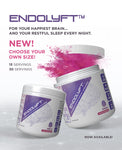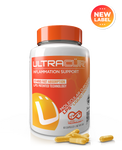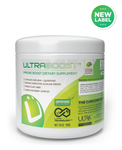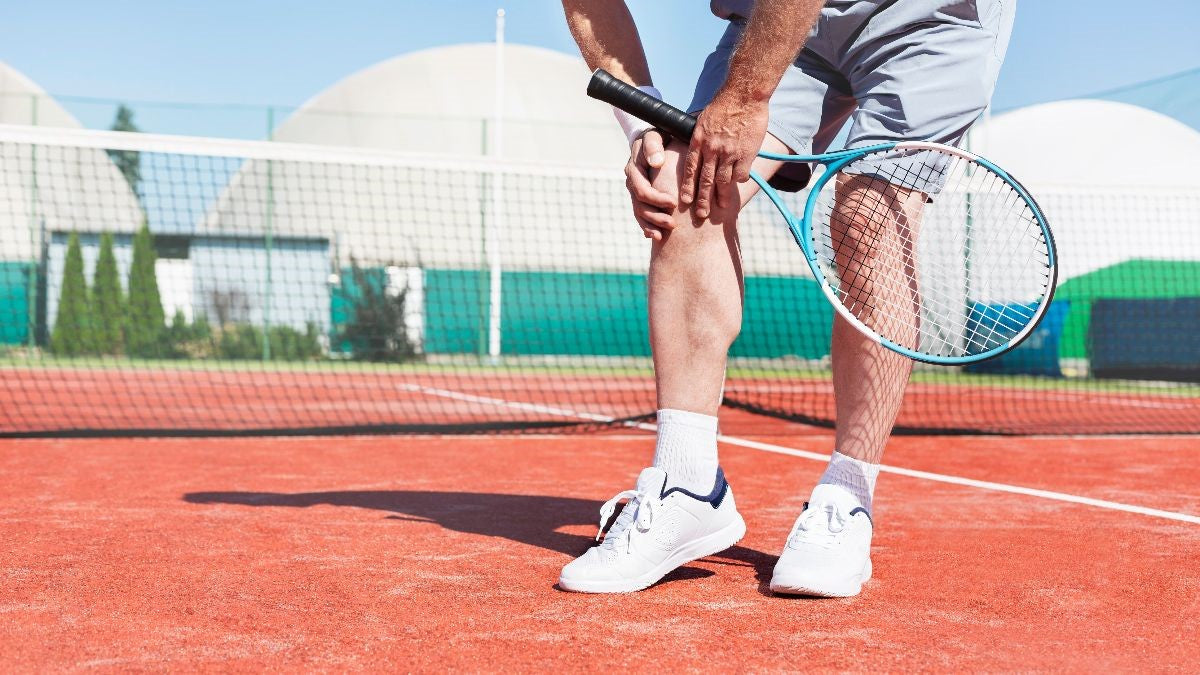[Read time: about 2 minutes]
Imagine being able to move more freely, recover faster from an injury, and do it all with a minimally invasive treatment that's effective and has a good safety record (no surgery).
It is possible. Just ask famous athletes who’ve tried it... like golfer Tiger Woods and tennis pro Rafael Nadal.
Platelet-rich Plasma is one of the ideas my recent podcast guest, Dr. Joseph Purita, mentioned in our recent interview.
What is Platelet-Rich Plasma (PRP)?
Platelet-rich plasma (PRP) is an injection using your own blood, which has been processed to increase platelet concentration. By injecting these platelets at an injury site, PRP speeds healing.
These platelets contain proteins that boost tissue repair, and hold the key to faster healing, as they carry nutrients, hormones, and proteins through the body to where most needed.
Additionally, your blood is rich in plasma, which is more than half of your blood’s composition. Your plasma carries basics, such as water, enzymes, and salt, throughout your body.

What happens during a PRP injection?
A PRP injection involves four basic steps...
- A small amount of blood is extracted from your body (similar to donating blood).
- A centrifuge spins it at high speed to separate the platelets from the rest of the blood cells in the plasma.
- The centrifuged platelets are processed and mixed with an anti-coagulant to prevent blood clots.
- The subsequent platelet-rich plasma is injected near the site of the injury.
Who is PRP appropriate for?
PRP is typically used as a treatment for osteoarthritis, tendonitis, and soft tissue injuries... and often improves pain and stiffness.
It is physically impossible to increase platelet production in one concentrated area. But a PRP injection in essence does the same thing – increases platelet production in just one area. In fact, it can boost platelet content up to five times that of regular blood.
PRP injections are becoming more common for chronic athletic injuries... for tendonitis, ligament, and muscle injuries. It can also be used following surgery to aid healing.
For more information about PRP, listen to my podcast with guest, Dr. Joseph Purita. He can be reached at www.stcell.com.

Another joint pain reliever to consider
It’s no surprise that people with joint pain will consider just about anything in hopes of relieving the pain.
A study published in BMC suggests that curcumin might help melt away osteoarthritis pain.
Researchers studied 139 people with symptoms of osteoarthritis of the knee. Their symptoms were severe enough to require treatment with a nonsteroidal anti-inflammatory drug (NSAID).
In the study, one group was given curcumin (500 mg, three times daily) and the other group was given the NSAID diclofenac (50 mg, twice daily).
Curcumin is a substance found in turmeric that boasts anti-inflammatory benefits. It has been advocated for arthritis, heart health, and many other conditions.
The study found that both curcumin and the NSAID relieved symptoms similarly... 94% of curcumin takers and 97% of diclofenac takers reported at least a 50% improvement.
However, those taking curcumin had fewer side effects. None of them had stomach trouble. But 28% of those taking diclofenac needed treatment for stomach trouble.
Interestingly, those taking curcumin also lost nearly 2% of their body weight during the 4-week study... which is 3.5 pounds for a 175-pound person.
This study was short... only four weeks. That said, there are literally thousands of publications in reputable scientific journals on the anti-inflammatory effects of curcumin.
Ready to start using curcumin for yourself?
Like this article? Forward it to your friends today.




